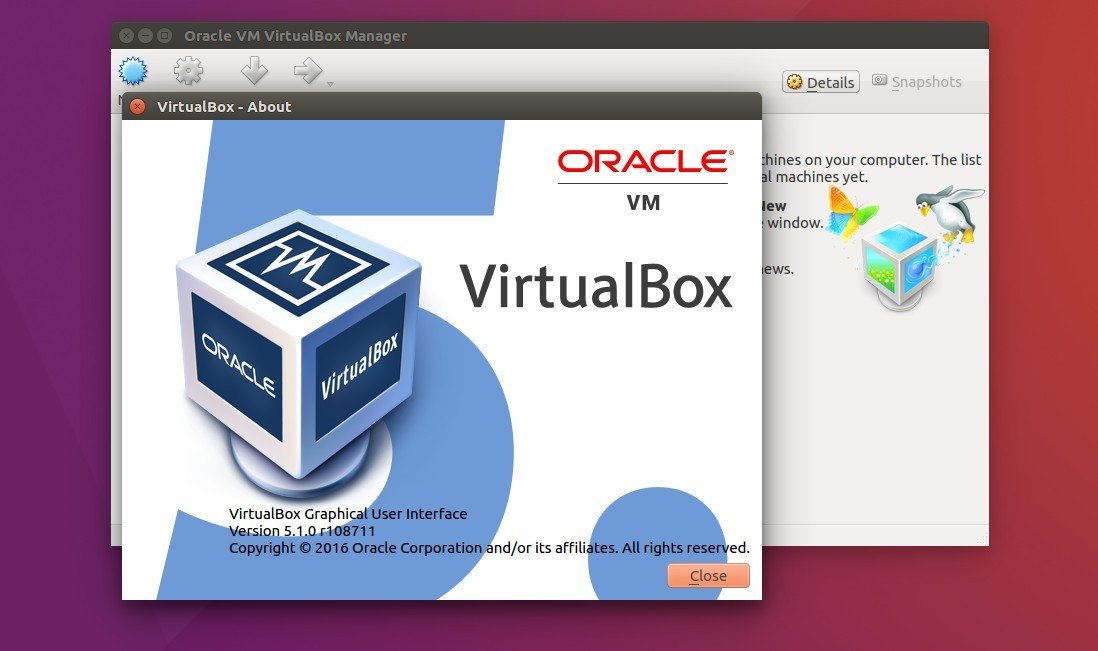

They could install applications in those virtual environments, too, providing a way to access solutions that required a different version of Windows, or a different version of IE, or whatever, something that for whatever reason wouldn’t run optimally or at all under Windows 7 natively.īetter still, Windows Virtual PC offered a feature called XP Mode, free for users of Windows 7 Professional, Enterprise, and Ultimate, which included a full working copy of Windows XP with Service Pack 3. With Windows Virtual PC, a free add-on for Windows 7, users could install other OSes in a virtual environment and run that environment, in a window, under Windows 7. But where Hyper-V forms the basis of Microsoft’s virtualization and cloud computing strategies in Windows Server and in Azure, its purpose in Windows 8 is more constrained.

Put simply, Microsoft has brought exactly the same virtualization infrastructure from its far more scalable Windows Server product line to the client in Windows 8, giving those who need these capabilities a more compatible and integrated solution. And I’ve covered the Windows 8 pre-release version of Hyper-V in Windows 8 Feature Focus: Client Hyper-V.)įrom the perspective of the average Windows 8 desktop user, Hyper-V is a bit of a mystery. For a bit of background, you might want to read Windows Server 2008 Hyper-V, Microsoft Hyper-V Server 2008 R2 Preview, and Microsoft Hyper-V Server 2008: The Good, the Bad, And the Ugly. (I’ve been writing about Hyper-V ever since the first version appeared in pre-release form in Windows Server 2008.


But it does lack one crucial capability that made Virtual PC special. Based on its server-based virtualization technologies, Hyper-V is a better solution for developers, IT pros, and the help desk. In Windows 8, Microsoft has replaced its previous virtualization solution, Windows Virtual PC, with a more powerful, scalable, and capable solution called Hyper-V.


 0 kommentar(er)
0 kommentar(er)
